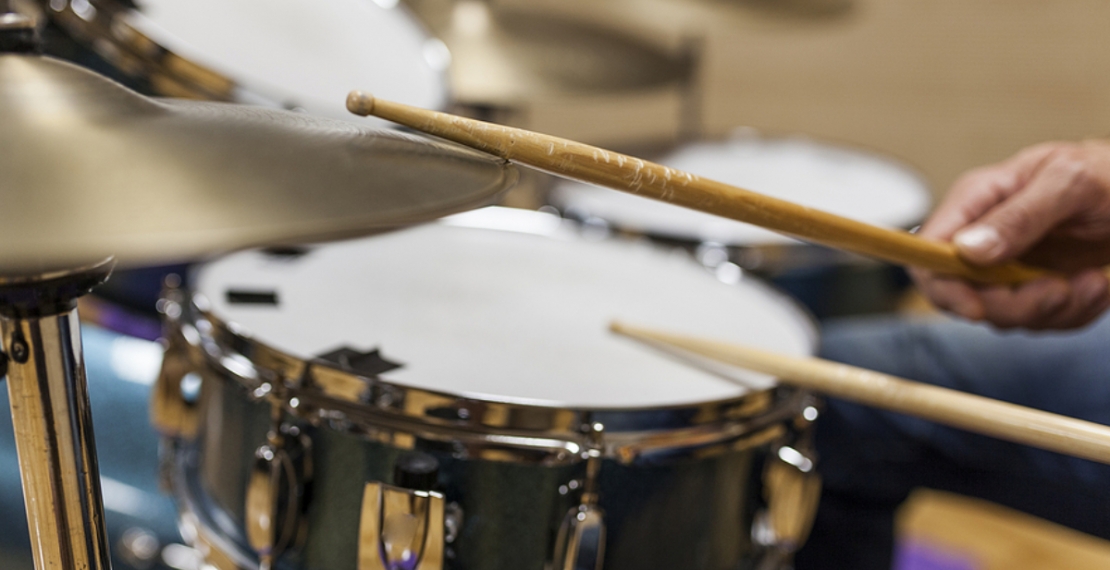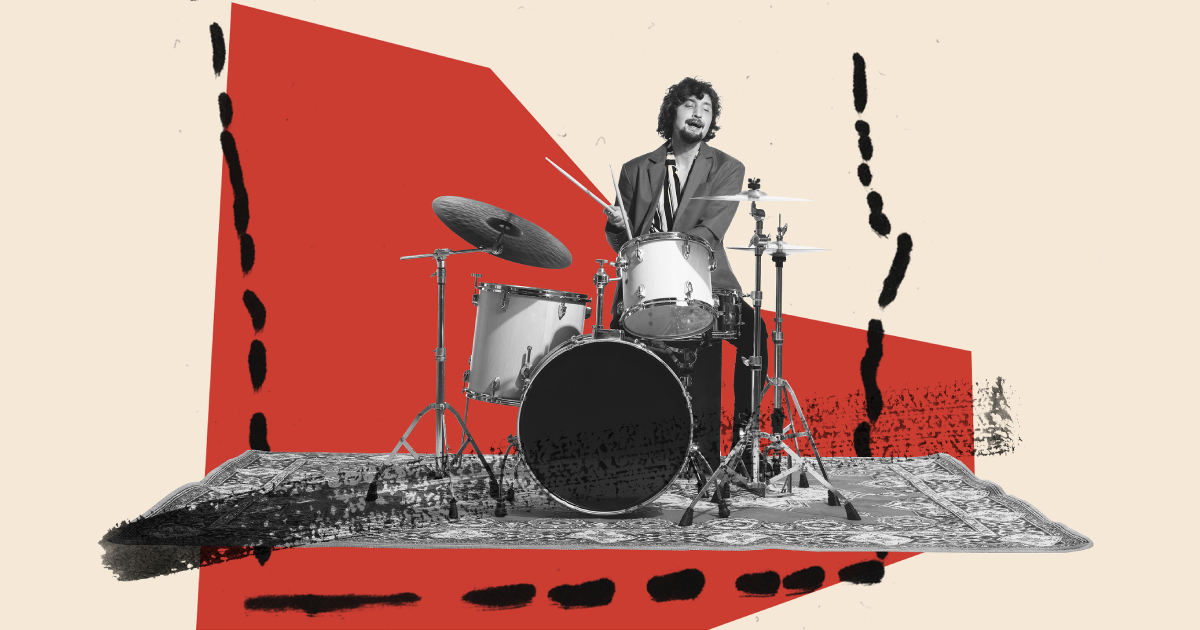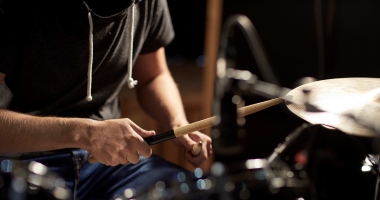Groove Music School Blog: All About Drum, Singing & Guitar
Your Trusty Guide to Developing Speed & Control on the Drums

Drumming is more than just hitting a few beats; it's about precision, speed, and control. Whether you're a beginner looking to start or an experienced drummer aiming to enhance your skills, developing speed and control on the drums is a journey that requires dedication and practice. In this comprehensive guide, we'll delve into various techniques, exercises, and tips to help you master the art of drumming with finesse.
Understanding the basics
Before diving into advanced techniques, it's crucial to grasp the fundamentals of drumming. Familiarise yourself with the drum kit components – the snare drum, bass drum, hi-hat, toms, and cymbals. Understand how each element contributes to creating rhythm and melody.
1. Posture and grip
Begin by sitting comfortably at your drum kit with proper posture. Your back should be straight, shoulders relaxed, and feet flat on the pedals. Focus on maintaining a relaxed grip on the drumsticks, as tension can hinder speed and control.
2. Rudiments
Rudiments are fundamental drumming patterns that form the basis of more complex rhythms. Practise essential rudiments like single stroke roll, double stroke roll, paradiddles, and flams regularly to improve coordination and dexterity.
3. Metronome practice
Use a metronome during practice sessions to develop a strong sense of timing and rhythm. Start at a comfortable tempo and gradually increase speed as you become more proficient.
Techniques for speed and control
Now let's explore specific techniques that can enhance your speed and control on the drums.
1. Finger control
Utilise finger control to increase speed and precision, especially on the snare drum and hi-hat. Practise finger exercises such as single strokes, double strokes, and buzz rolls to strengthen your finger muscles and improve agility.
2. Moeller technique
The Moeller technique involves using wrist, finger, and arm movements in a fluid motion to generate speed and power. Mastering this technique can significantly enhance your drumming dynamics and control.
3. Bass drum techniques
Develop speed and control on the bass drum by practising heel-toe and slide techniques. Experiment with different pedal tensions to find the balance between speed and rebound control.
4. Dynamics
Focus on dynamic control by varying the intensity of your strokes. Practise playing accents and ghost notes to create contrast and add depth to your drumming patterns.
Effective practice exercises
Consistent practice is key to improving speed and control on the drums. Incorporate the following exercises into your daily practice routine:
- Stick control: Use the classic stick control exercise on a practice pad or snare drum. Focus on maintaining even strokes and alternating between different rudiments to build muscle memory and control.
- Speed builders: Set a metronome to a comfortable tempo and practice playing single strokes, double strokes, and paradiddles at increasing speeds. Gradually push your limits while maintaining accuracy and control.
- Coordination exercises: Enhance hand-foot coordination by practising limb independence exercises. Play different rhythms with your hands and feet simultaneously to improve multitasking skills and overall control.
- Groove development: Work on developing grooves and fills that incorporate speed and control. Experiment with various rhythmic patterns and accents to create dynamic and engaging drumming sequences.
Tips for mastery
Being great at drumming requires dedication, patience, and a strategic approach. Here are some additional tips to help you along your journey:
1. Consistency
Practice regularly and consistently to build muscle memory and improve technique. Set aside dedicated practice sessions focusing on specific areas of improvement.
2. Recording
Record your practice sessions and performances to analyse your progress objectively. Identify areas that need refinement and set goals to overcome challenges.
3. Listen and learn
Listen to a wide range of music genres and study the drumming styles of renowned drummers. Emulate their techniques while adding your unique flair to develop a personalised drumming style.
4. Stay relaxed
Avoid tensing up while playing, as it can hinder speed and control. Focus on staying relaxed and maintaining a fluid motion across the drum kit.
Conclusion
Mastering speed and control on the drums is a continuous journey that requires passion, perseverance, and practice. By understanding the basics, honing specific techniques, practising effective exercises, and following essential tips, you can elevate your drumming skills to new heights.
For further guidance, check out Groove Music's beginner drum lessons. Our comprehensive curriculum covers everything from beginner basics to advanced techniques, providing a valuable resource for drummers of all levels.
Remember, each drummer's journey is unique, so embrace challenges, celebrate progress, and enjoy the rhythmic journey of drumming!





